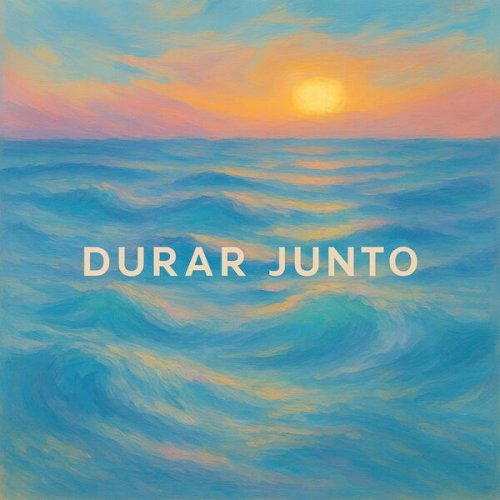Artur Pizarro - Beethoven: Last Three Piano Sonatas (2003) [Hi-Res]
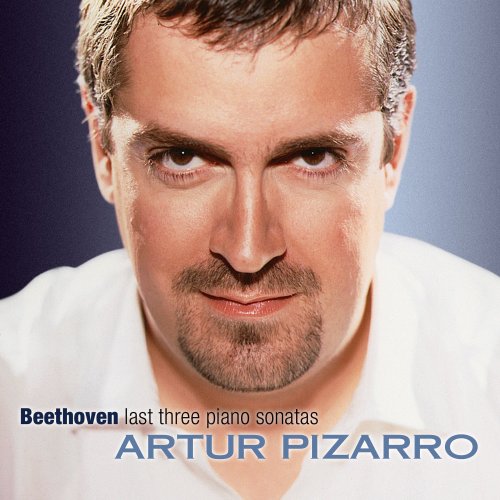
Artist: Artur Pizarro
Title: Beethoven: Last Three Piano Sonatas
Year Of Release: 2003
Label: Linn Records
Genre: Classical Piano
Quality: flac 24bits - 96.0kHz
Total Time: 01:02:05
Total Size: 1.09 gb
WebSite: Album Preview
TracklistTitle: Beethoven: Last Three Piano Sonatas
Year Of Release: 2003
Label: Linn Records
Genre: Classical Piano
Quality: flac 24bits - 96.0kHz
Total Time: 01:02:05
Total Size: 1.09 gb
WebSite: Album Preview
01. Piano Sonata No. 30 in E Major, Op. 109: I. Vivace, ma non troppo
02. Piano Sonata No. 30 in E Major, Op. 109: II. Prestissimo
03. Piano Sonata No. 30 in E Major, Op. 109: III. Andante, molto cantabile ed espressivo
04. Piano Sonata No. 31 in A-Flat Major, Op. 110: I. Moderato cantabile, molto espressivo
05. Piano Sonata No. 31 in A-Flat Major, Op. 110: II. Allegro molto
06. Piano Sonata No. 31 in A-Flat Major, Op. 110: III. Adagio, ma non troppa – Fuga. Allegro, ma non troppo
07. Piano Sonata No. 32 in C Minor, Op. 111: I. Maestoso – Allegro con brio ed appassionato
08. Piano Sonata No. 32 in C Minor, Op. 111: II. Arietta. Adagio molto, semplice e cantablie
Pizarro's acclaimed second disc of Beethoven sonatas, beautifully played on a Blüthner piano.
Beethoven's last three sonatas mark a culmination in the classical-romantic sonata form, and Beethoven's farewell to the genre. Pizarro explains: "Beethoven not only aesthetically and emotionally heralds the arrival of the Romantic Age in music but also profoundly alters what had been the accepted parameters of sonata form. Man has become the centre of the universe as can be heard through the outpouring of emotion, as human condition and the circle of human life is depicted in these three works. As an example one may witness Beethoven's description of death and the ascendance to heaven in the final movement of Op. 110. Because of these three works, it was possible for Liszt to create his Sonata in B minor, Brahms could create his Op. 5, Schumann could create his three sonatas and his famous Fantaisie – the list goes on and on. Just as important is Beethoven's role in not only advising piano builders in the directions they must take but also supplying the musical material for these instruments. In many cases his piano writing will only find the proper instruments almost a century later! These three works are the "big bang" for the Romantic age of piano music and the beginning of the Golden Age of the pianoforte."
Once again, Artur Pizarro has elected to play a Blüthner concert grand piano model 1. The same piano used on his first disc with Linn Records, it allows Artur's attuned sense of lyricism and romantic line to flourish. Explaining his choice of piano (a Blüthner concert grand piano, model 1) Pizarro states: "it's more nimble than a normal twentieth-century grand, more transparent in texture. I wanted something ridiculously expressive, something different and old-fashioned."

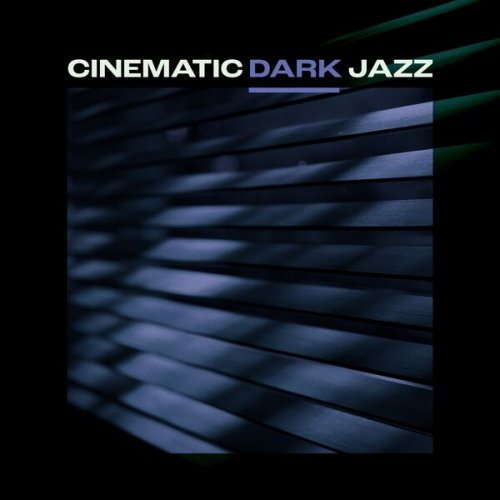

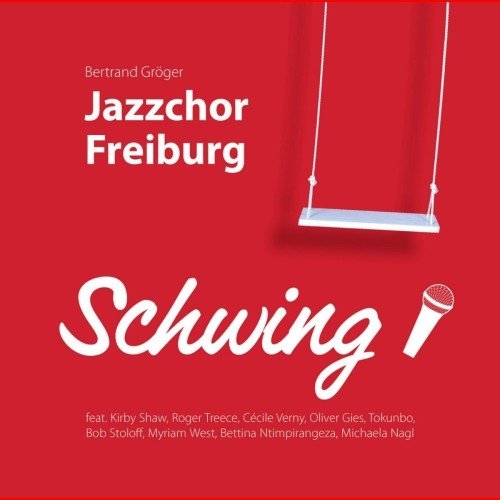
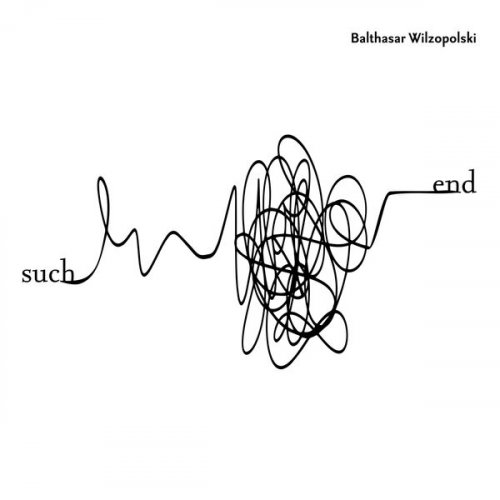
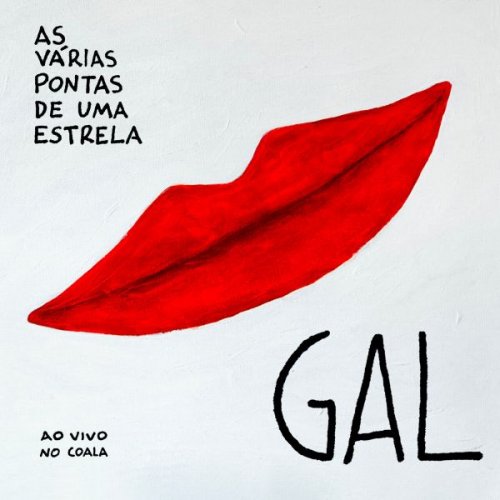

![Nectar Woode - Live at Village Underground (Live At Village Underground) (2025) [Hi-Res] Nectar Woode - Live at Village Underground (Live At Village Underground) (2025) [Hi-Res]](https://img.israbox.com/img/2025-12/15/eiazyx7yigt2lhbv1tcd3eos6.jpg)
